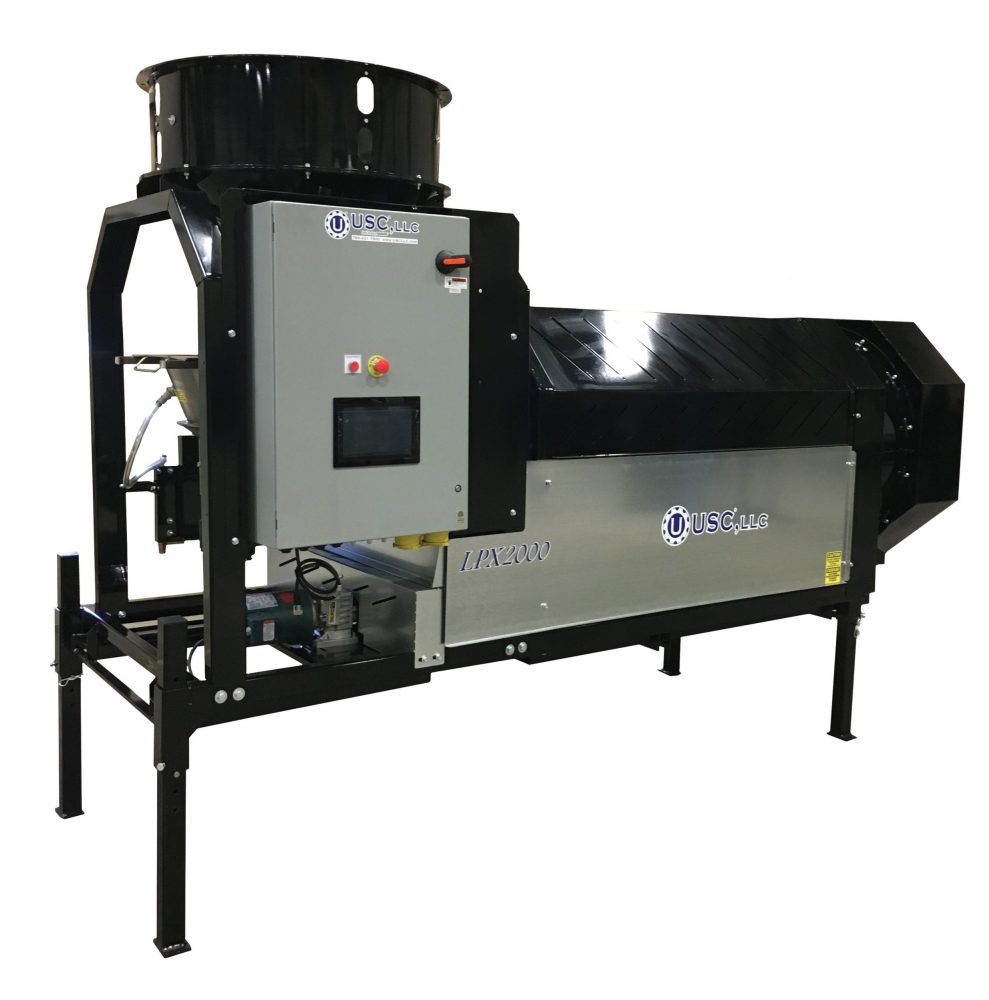Q&A with Andy Renyer, USC Founder and Owner.
As we face many unknowns in the future, one thing is certain: seed will be treated, planted and harvested throughout the seasons. And as far as treating is concerned, each operation is unique – catering to specific budgets, footprints, applications and recipes, and of course, equipment to bring it all together.
Whether you’re just starting out or a seasoned pro, looking to expand or consolidate facilities, determining what you need and where to start can be overwhelming. We sat down with Andy Renyer, founder and owner of USC, to discuss the most important considerations for your seed treating facility, and why the new LPX Lite is the perfect solution as the industry’s economic landscape begins to shift.
Q: What are some key factors to consider when upgrading a treating system?
A: If customers are asking for additional treatments, needing to increase capacity, or are looking for a more automated process you’re probably ready to upgrade. USC offers our customers multiple ways to upgrade equipment and automation through kits, packages and configurable models so you’re only investing in what your operation needs to grow more successfully. Make sure to ask yourself how many units per day you’ll treat, how many varieties do your customers require – with today’s quickly changing seed genetics, it’s important to consider carefully before expanding your operation to a bulk site, for example.
Q: There are many ways to meter seed – which is most accurate, and which is best for different-sized operations?
A: There are three metering options: Seed Wheel, Loss in Weight (LIW) and Weigh Belt. 90% of the industry uses the Seed Wheel – it’s simple, tried and true, works for most applications and the majority of low- to mid-range operations. LIW method streamlines some steps, improves the footprint of the overall system, and adjusts to the actual weight during each run.
Most of our customers utilize LIW when their operation is expanding to a bulk site or consolidating smaller sites. The Weigh Belt is most accurate and generally used in high- capacity or commercial facilities. We’ve also been seeing the consolidation of smaller facilities into one, primary super site. For these instances, we suggest including USC’s Tri-Flo® system which continually treats more than 2,500 lbs./min. and the industry’s preferred method.
Q: How did the LPX Lite come to life, and why is it preferred during this unprecedented time in the industry’s history?
A: For more than 20 years, we’ve prided ourselves on keeping a close pulse on end user needs and staying ahead of market trends to adapt to changing times – this is no different. We know seed treating facilities are continually adapting as well. The LPX Lite combines accurate automation and application with efficient user experience to exceed expectations – all at an incredible value. It utilizes the latest in industrial software and hardware solutions to collect and analyze live data to make accurate adjustments, boasts the Start Wizard to simplify information into a quick access format reducing pre-run time, and with automated start, run and end sequences, runs are highly repetitive, eliminating the opportunity for mistakes.
- Includes USC’s patented stainless-steel atomizer chamber.
- Supports up to 500 customers, seed/chemistry profiles and recipes.
- Saves up to 5,000 reports viewable on-screen or downloadable.
- Automates up to four volumetric metering pump stands.
- Automates seed metering wheel or LIW gate.
- Features a 10” touchscreen.
- Can be controlled remotely via mobile device.
- Increased flexibility for auxiliary devices with two sets of independent controls.
- Unmatched value: at least $20,000 less than competition.
Q: What direction do you see seed treating technology heading, and what’s the biggest piece of advice you can give those considering new equipment or upgrading?
A: I definitely think automation, simplicity of use and equipment that customizes to each site are the most important things I hear from customers everyday, and believe me we consider the feedback with every product we build! My biggest piece of advice would be to make sure you’re getting what you need, and not purchasing more equipment than your operation can handle. We promise to provide exactly what you need – with multiple treater, pump stand, conveyor and hopper optionsto best fit your operation and the future it holds. If you’re purchasing or upgrading your seed treating equipment, check out USC’s full line and get the most return on your investment











